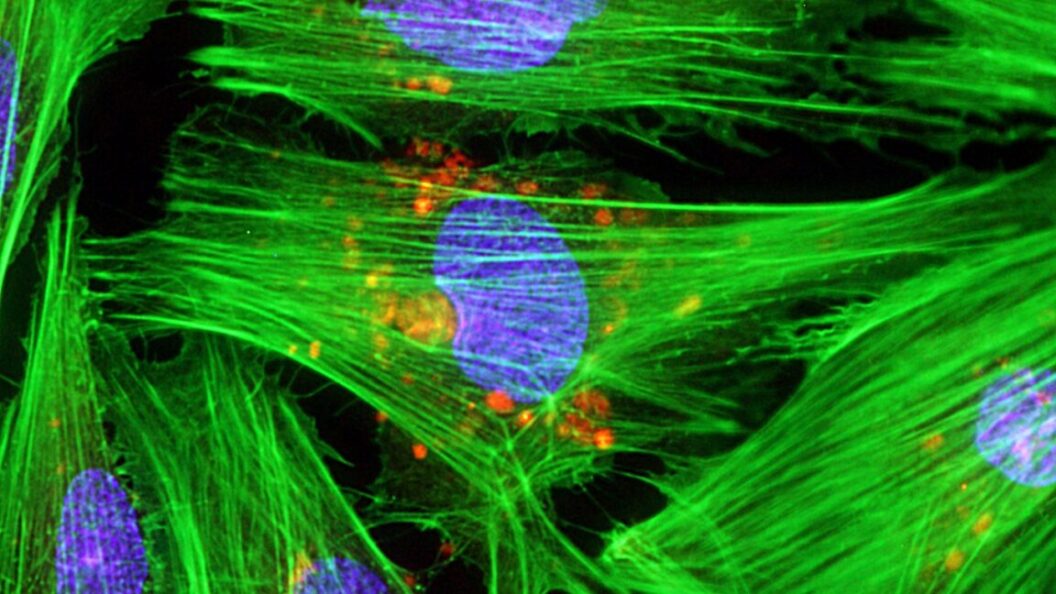Promising Advances in Heart Repair Using Stem Cells
The potential for stem cells to revolutionize medical therapies has captured attention since the groundbreaking discovery of induced pluripotent stem cells (iPSCs) over a decade ago. These remarkable cells offer the ability to transform various types of adult cells into pluripotent stem cells, which can theoretically regenerate any tissue in the body. Recent research from a German team indicates that this potential may soon be realized in the realm of cardiac rehabilitation, revealing promising results from primate studies and paving the way for clinical trials.
The Challenge of Heart Regeneration
The heart is composed of complex tissues, including specialized muscle cells known as cardiomyocytes, which are essential for heart function. In stark contrast to other tissues in the body, cardiomyocytes cease to divide after development, resulting in a finite number of these critical cells. When damage occurs due to factors such as heart attacks or infections, this limited population cannot regenerate, leading to cumulative damage. Blocked blood vessels, in particular, pose a significant threat, as they deprive sections of the heart of oxygen, leading to cardiomyocyte death and diminished cardiac function.
Searching for Solutions with Stem Cells
Given the heart’s inability to heal itself, researchers have turned to iPSCs as a possible solution. iPSCs boast the unique capacity to differentiate into various cell types, including cardiomyocytes. In past studies, scientists attempted to inject stem-cell-derived cardiomyocytes directly into damaged heart tissue in experimental models. However, initial results often yielded inconsistent benefits, raising questions about their efficacy.
Recent findings from the German research team suggest a potential breakthrough. Their studies in non-human primates demonstrated more favorable outcomes when injecting these stem-cell-derived cells into injured heart muscle. Although some challenges remain, these promising results have prompted further investigations and the initiation of clinical trials in human patients, raising hopes for improved therapies targeting heart disease.
Moving Toward Clinical Trials
The encouraging results from primate studies have led researchers to advocate for clinical trials. Initial human studies have mirrored the favorable outcomes observed in primates, indicating that the bridge from promising laboratory results to clinical application may not be as distant as once thought. Scientists remain cautious, noting that while the early data is hopeful, robust clinical validation will be essential for widespread implementation.
Controversies and Challenges Ahead
Despite the enthusiasm in the scientific community regarding stem cell therapies, the road to mainstream adoption is not without controversy and obstacles. Concerns about the long-term safety and ethical implications of manipulating stem cells persist. Additionally, regulatory uncertainties can hinder research initiatives, potentially delaying access to innovative treatments.
Furthermore, achieving consistent results across diverse patient profiles poses a significant challenge. Factors such as age, health status, and the nature of the cardiac injury may influence the success of stem cell therapies. As such, understanding how these variables interact with treatment outcomes will be crucial for the field’s advancement.
Conclusion: A New Era of Heart Disease Management?
The strides made by the German research team represent a pivotal moment in cardiac medicine, offering hope for patients suffering from heart diseases that currently have limited treatment options. With further clinical trials on the horizon, the potential of stem cell therapies to heal damaged heart tissue could revolutionize the approach to cardiac care. As this research progresses, its significance lies not only in the pursuit of scientific knowledge but also in the prospect of tangible benefits for those affected by heart conditions.
As the landscape of medical therapy evolves, ongoing ethical discussions, rigorous testing, and collaborations between researchers and regulatory bodies will play critical roles in determining how effectively these innovations can be integrated into everyday clinical practice.









